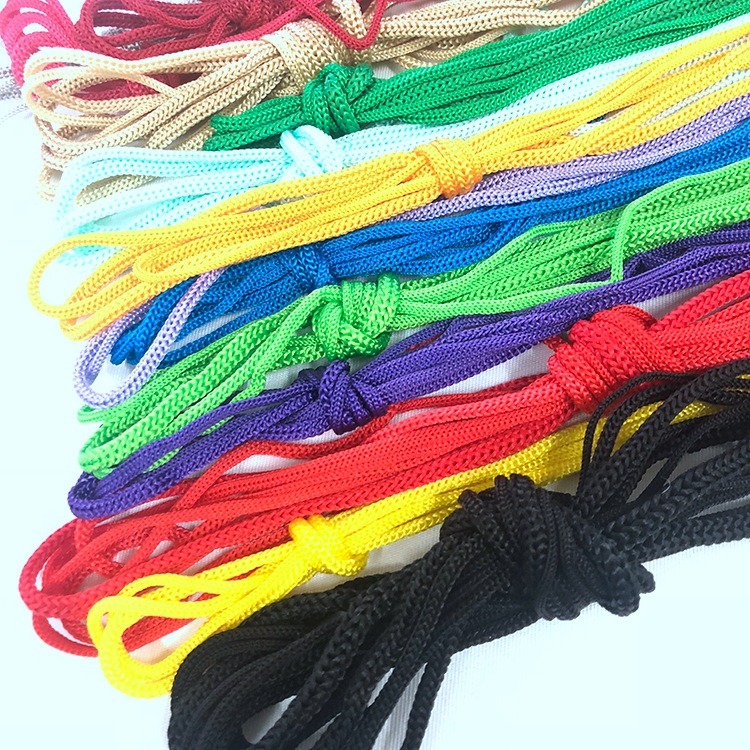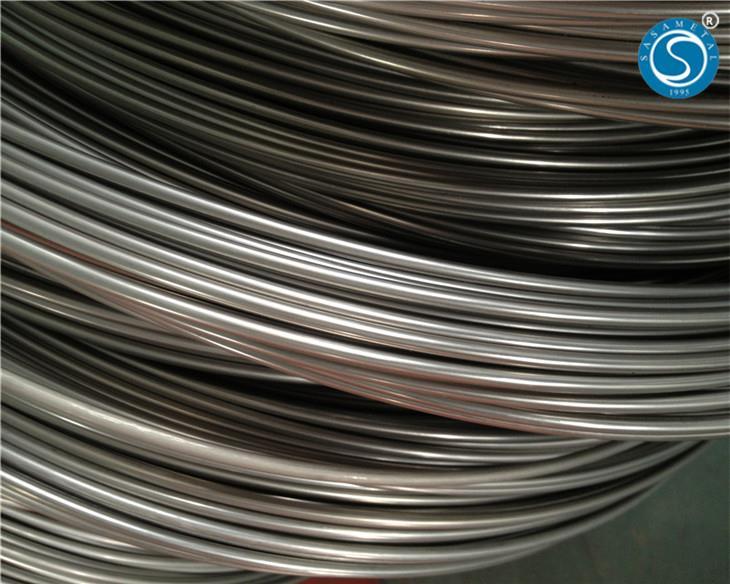What Are PP Packaging Ropes’ Advantages and Disadvantages?
A thermoplastic substance called polypropylene is created by mixing propylene monomers. This substance is employed in a variety of applications, including plastic parts manufacturing, consumer product packaging, and the automotive sector. It is frequently utilized as a replacement for plastic due to the substance’s slickness. Polypropylene is mostly used in the fabrication of packaging. A frequent material used for both home and industrial applications is PP packaging rope. The material is well-known because of its properties including adaptability, chemical resistance, hardness, high elasticity, and high electrical resistance.
Advantages of PP Packaging Ropes
When compared to other varieties of the same material, polypropylene is both readily accessible and reasonably priced.
Because they are materials that withstand fatigue, they can be used to carry big loads.
They are also extremely corrosion-resistant, ideal for all industrial application types, and highly resistant to solvents and detergents.
As soon as polypropylene approaches the melting point, it is easily converted into a liquid condition. For the purpose of manufacturing, polypropylene can subsequently be molded into any desired shape.
Polypropylene is the perfect material for industrial applications since it resists water and can quickly absorb moisture.
Additionally, polypropylene is less dense than other types of plastic.
Disadvantages of PP Packaging Ropes
Because polypropylene expands at high temperatures, it cannot be used in high-temperature applications.
Depending on the application, polypropylene must be utilized despite its risks. It has high flammability.
Similar to how UV degradation prevents it from being used in high-altitude locations. Therefore, it is best to avoid using polypropylene applications in areas with strong UV penetration.
Besides, it has very poor bonding qualities, making it impossible to paint the same applications because the chemicals don’t bond.
Additionally, it is not chlorine and odor-resistant, polypropylene must be used with caution by producers.




 trade-global
trade-global